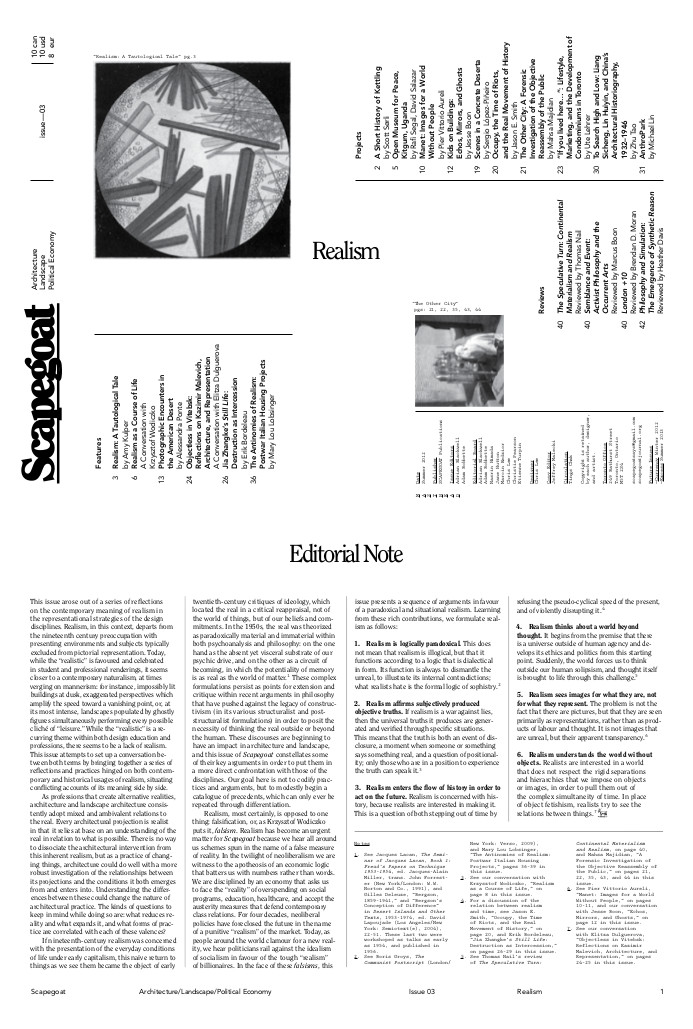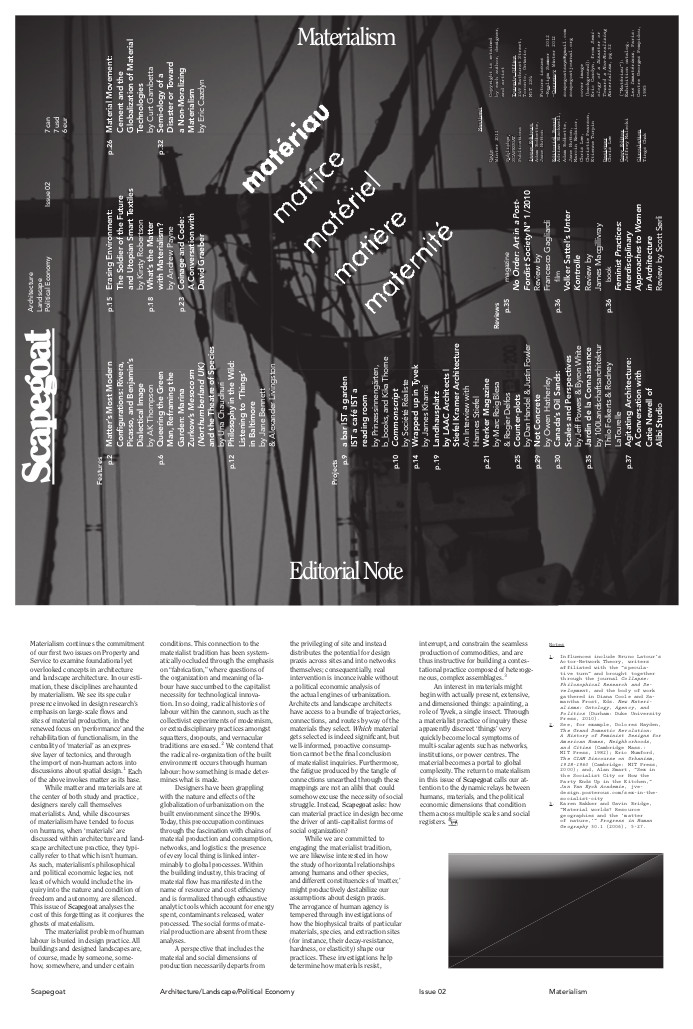Renzo Dubbini: Geography of the Gaze: Urban and Rural Vision in Early Modern Europe (1994/2002)
Filed under book | Tags: · 1600s, 1700s, 1800s, architecture, art history, cartography, diorama, image, landscape, mapping, panorama, topography, vision

Geography of the Gaze offers a new history and theory of how the way we look at things influences what we see. Focusing on Western Europe from the seventeenth to nineteenth centuries, Renzo Dubbini shows how developments in science, art, mapping, and visual epistemology affected the ways natural and artificial landscapes were perceived and portrayed.
He begins with the idea of the “view,” explaining its role in the invention of landscape painting and in the definition of landscape as a cultural space. Among other topics, Dubbini explores how the descriptive and pictorial techniques used in mariners’ charts, view-oriented atlases, military cartography, and garden design were linked to the proliferation of highly realistic paintings of landscapes and city scenes; how the “picturesque” system for defining and composing landscapes affected not just art but also archaeology and engineering; and how the everchanging modern cityscapes inspired new ways of seeing and representing the urban scene in Impressionist painting, photography, and stereoscopy. A marvelous history of viewing, Geography of the Gaze will interest everyone from scientists to artists.
Originally published as Geografie dello sguardo: Visione e paesaggio in età moderna, Giulio Einaudi, Torino, 1994
Translated by Lydia G. Cochrane
Publisher University of Chicago Press, 2002
ISBN 0226167372, 9780226167374
251 pages
Josef Albers: Glass, Color, and Light (1994)
Filed under catalogue | Tags: · architecture, art, colour, glass, light art

Josef Albers (1888-1976), famous as a master at Germany’s Bauhaus until 1933, and then a professor in American schools such as Yale University, influenced many young artists. His Homage to the Square series of paintings remains an important example of 20th-century art. Yet Albers’s first great works – the glass pictures that he made in Germany beginning in 1921 – remain little known. Starting with found fragments of colored glass, and later employing a sophisticated sandblasting process, Albers created a new art form.
Glass, Color and Light is the first monograph devoted to Albers’s work in this medium. Reproductions, 62 in color, of every extant glass picture are accompanied by full documentation by Brenda Danilowitz of the Josef Albers Foundation. Also illustrated and discussed are Albers’s architectural commissions in glass and those works that were lost or destroyed after the artist fled Nazi Germany. Essays by Nicholas Fox Weber, executive director of the Josef Albers Foundation, and Fred Licht, curator of the Peggy Guggenheim Collection, illuminate the many themes suggested by this extraordinary group of works, while a chronology of Albers’s life and professional career places the glass works in the context of his entire oeuvre.
Publisher Guggenheim Museum Publications, New York, 1994
ISBN 0810968649
152 pages
via Archive.org
Scapegoat: Architecture/Landscape/Political Economy journal, No. 2: Materialism, No. 3: Realism (2011-2012)
Filed under journal | Tags: · architecture, capitalism, city, design, landscape, materialism, philosophy, political economy, politics, urbanism

“This issue arose out of a series of reflections on the contemporary meaning of realism in the representational strategies of the design disciplines. Realism, in this context, departs from the nineteenth century preoccupation with presenting environments and subjects typically excluded from pictorial representation. Today, while the ‘realistic’ is favoured and celebrated in student and professional renderings, it seems closer to a contemporary naturalism, at times verging on mannerism: for instance, impossibly lit buildings at dusk, exaggerated perspectives which amplify the speed toward a vanishing point, or, at its most intense, landscapes populated by ghostly figures simultaneously performing every possible cliché of ‘leisure’. While the ‘realistic’ is a recurring theme within both design education and professions, there seems to be a lack of realism. This issue attempts to set up a conversation between both terms by bringing together a series of reflections and practices hinged on both contemporary and historical usages of realism, situating conflictng accounts of its meaning side by side.” (from the Editorial Note)
Issue 3: Realism
Summer 2012
Issue Editors: Adrian Blackwell, Adam Bobbette
42 pages

“Materialism continues the commitment of our first two issues on Property and Service to examine foundational yet overlooked concepts in architecture and landscape architecture. In our estimation, these disciplines are haunted by materialism. We see its specular presence invoked in design research’s emphasis on large-scale flows and sites of material production, in the renewed focus on ‘performance’ and the rehabilitation of functionalism, in the centrality of ‘material’ as an expressive layer of tectonics, and through the import of non-human actors into discussions about spatial design. Each of the above invokes matter as its base.” (from the Editorial Note)
Issue 2: Materialism
Winter 2011
Issue Editors: Adam Bobbette, Jane Hutton
Publisher Scapegoat Publications, Toronto
40 pages

